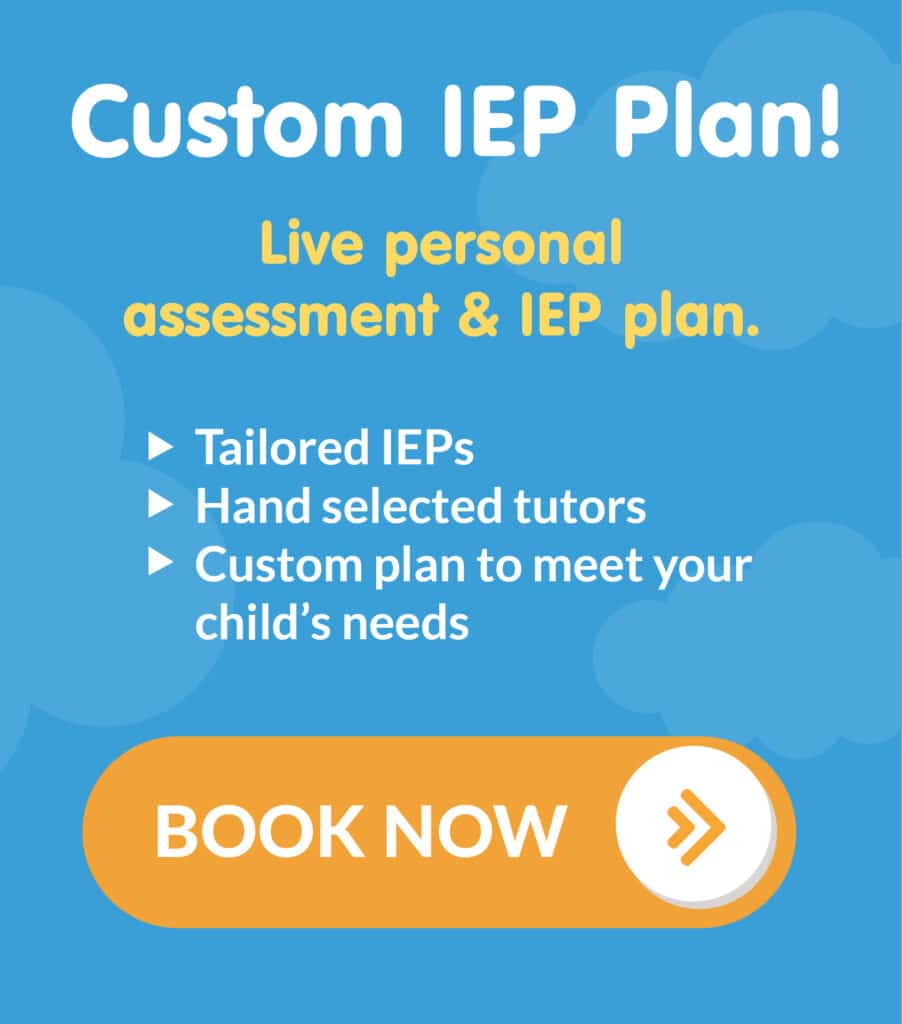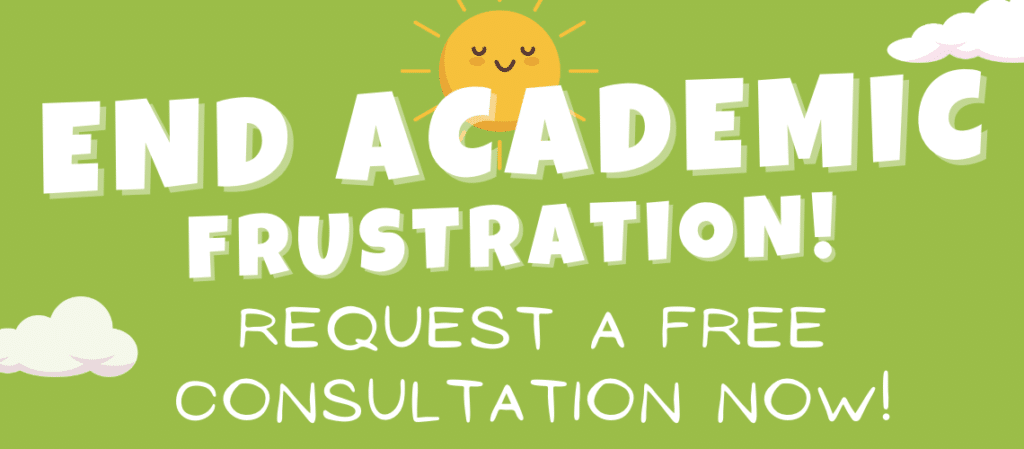Many children may have a difficult time identifying feelings and verbalizing their emotions to an adult, such as anger, sadness or frustration. The Zones Of Regulation can assist children with identifying their emotions and how they are feeling by simply identifying a correlated color.
What Are The Zones Of Regulations?
The Zones Of Regulation is a social-emotional tool that helps children identify how they feel by connecting colors to specific emotions.
What Are The Colors And What Do They Mean?
The colors for the Zones Of Regulation are;
- Green – is associated with happiness, when a child’s energy is equal and focused enough to learn new information.
- Yellow – correlates to elevated energy. A child in the yellow zone may have difficulty concentrating due to feeling excited or frustrated. An example could be an upcoming birthday or feeling irritated about a bad interaction with another child.
- Blue – is associated with feeling sad, lethargic or physically ill. Learning is hindered by a lack of motivation, fatigue or sadness.
- Red – child’s energy is elevated primarily due to feeling angry. A child can become verbally and physically combative, such as yelling, kicking and destroying property. The child may feel out of control and may need to go to a safe area or be around adults to ensure safety to self and others.
Ways To Teach The Zones Of Regulation
A recommended movie to watch that accurately portrays the Zones Of Regulation is Inside Out. In this movie, the characters illustrate each zone. I believe this gives the children a concrete understanding of the different emotions going on in their body.
Tired Of The Endless Search For Answers?
Schedule A Free Consultation With A Special Education Expert Today!
Free ConsultationAnother strategy to teach the Zones Of Regulation is talking with the child about the zones and frequently assessing the child to identify what zone they are in multiple times a day. This method enables the child to gain a further understanding of how they are feeling and even identify precipitating factors.
For additional information on teaching The Zones Of Regulation, visit Mrs. Durants Zones.
Why Use The Zones Of Regulation At School Or Home?
Many children with special needs do not have the coping tools to understand what they are feeling and why they are feeling that specific emotion. The Zones Of Regulation simplify the task of identifying feelings.
This method can serve as a bridge of communication to an adult and increase ability promote learning.
In my own experience as a teacher, I have found the zones of regulation to be a valuable tool. It allows my students to efficiently communicate their mood, and enables me to respond with an appropriate intervention. Since implementing this method, my students have had decreased outbursts in the classroom due to their deeper understanding of emotion identification. I’ve also been able to transfer the Zones Of Regulation successfully into the world of Special Education Tutoring.
They Know The Zones, Now What?
After a child is able to consistently identify what zone they are in, they can move towards utilizing coping skills. As an adult, when I have a bad day or I am in the red or yellow zone, I either go for a run or a walk. This would be considered my coping tool. Even though I am in a red or yellow zone, I am able to harness my energy proactively. The zones of regulation allow one to collaborate with the child to identify specific coping skills most suitable for them. What works for one child may not work for another one. Some great ideas for coping tools may be squeezing something, ripping paper, coloring, drawing, going on a walk, shaking something, or touching something soft. Once a child finds a coping tool that works for them they will be able to keep their body under control even when they are in the red, yellow or blue zone.
As an adult, when I have a bad day or I am in the red or yellow zone, I either go for a run or a walk. This would be considered my coping tool. Even though I am in a red or yellow zone, I am able to harness my energy proactively. The zones of regulation allow one to collaborate with the child to identify specific coping skills most suitable for them. What works for one child may not work for another one. Some great ideas for coping tools may be squeezing something, ripping paper, coloring, drawing, going on a walk, shaking something, or touching something soft. Once a child finds a coping tool that works for them they will be able to keep their body under control even when they are in the red, yellow or blue zone.
The Zones Of Regulation allow one to collaborate with the child to identify specific coping skills most suitable for them. What works for one child may not work for another one. Some great ideas for coping tools may be squeezing something, ripping paper, coloring, drawing, going on a walk, shaking something, or touching something soft. Once a child finds a coping tool that works for them they will be able to keep their body under control even when they are in the red, yellow or blue zone.
Some great ideas for coping tools may be squeezing something, ripping paper, coloring, drawing, going on a walk, shaking something, or touching something soft. Once a child finds a coping tool that works for them they will be able to keep their body under control even when they are in the red, yellow or blue zone.
The objective of teaching the Zones Of Regulation to children is that they will be able to identify and communicate their emotions. It can help provide insight in identifying coping tools to regulate moods and keep their body in control when they are experiencing an unpleasant emotion. The Zones Of Regulation is a great tool to help children grow socially and emotionally.
The Zones Of Regulation is a great tool to help children grow socially and emotionally.
What have your experiences been with the Zones Of Regulation?
~McKenzie












